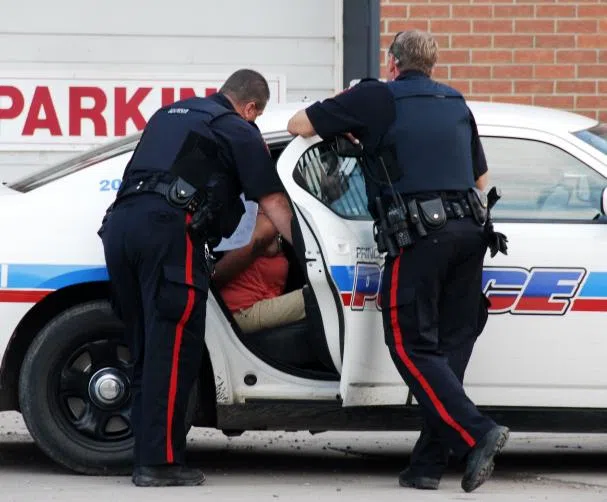
Police chief says diversity within service is improving, but work in progress
Overall, the Prince Albert Police Service is more diverse than it has ever been, but that may not be as evident on the street.
“Where we are challenged is with the face of policing in our uniformed officers. We are less gender diverse in that area but our communication operators and record managers, for example, are all female,” Chief Troy Cooper explained.
In the police service, women make up 36 percent of the workforce overall where 37 percent of officers identify as Indigenous or Metis. Visible minorities make up roughly four percent of employees and 1.3 percent of staff are considered disabled.
“For us, the idea of affirmative action is important, but diversity is seen as having real value aside from employment equity,“ Cooper said. “We understand that a diverse organization is better at solving some of the complex problems we have in the city because they can see issues from different perspectives.”


